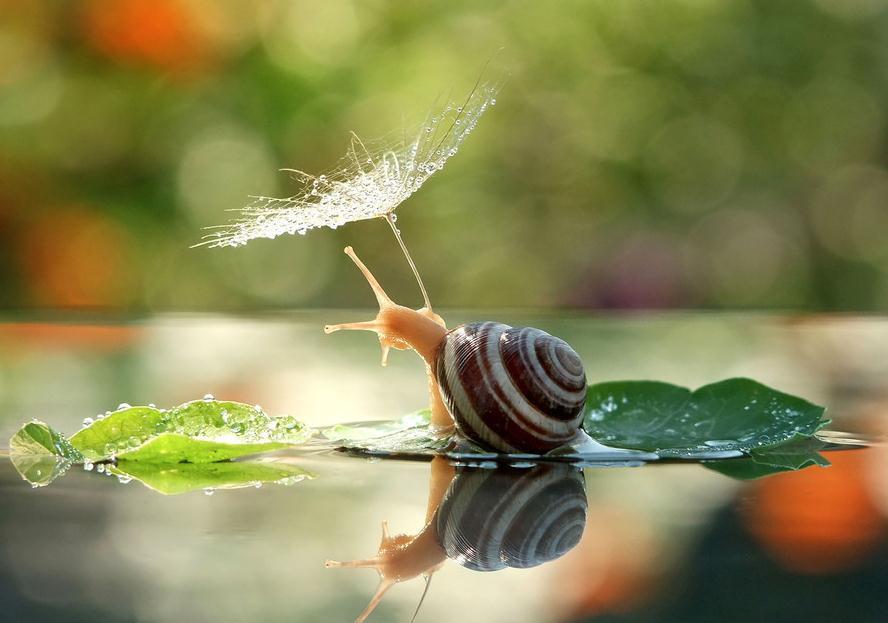The third kaya, Nirmanakaya, means “creation body.” It is also called “manifestation body” because Nirmana can be translated as “construction, creation, manifestation.” This corresponds exactly to Kabbalah. Nirmanakaya relates with the sephirah Binah, which in Hebrew means “intelligence.” In Christianity, Binah is called the Holy Spirit. The Holy Spirit is the creative power of God, the Father-Mother, Abba-Ima, or Yab-Yum who brings life, who gives life.
In Kabbalah, we study four worlds. The trikaya relate with the world Atziluth, the first world, the world of archetypes. So these three kaya represent the archetypes in all things. We have inside of us our internal spiritual archetype, a blueprint of the buddha that we should become, the angel, the god, the master that we should be. But we are not. That blueprint is the three kaya in us. When we take seriously, daily, the science to realize our true nature, which is that blueprint, we begin to create that true god, that master who is in us. We are putting into motion the creative power of the three kaya in us, through us. That power is sexual and psychological. In other words, the reality body (Dharmakaya), using the knowledge of Sambhogakaya (perfect sexual enjoyment) creates through the Nirmanakaya (the manifestation or creation body) and thus the three kaya become Father-Mother, Yab-Yum. They create through, what is called in Hebrew, Daath, the Tree of Knowledge, Tantra. There is nothing animal there, no lust; instead, it is divine, pure sexuality. Krishna and his spouse represents this pure love of god and goddess, what in Hebrew are called Elohim: God-Goddess united to create universes, worlds, a soul, us, as a master.
